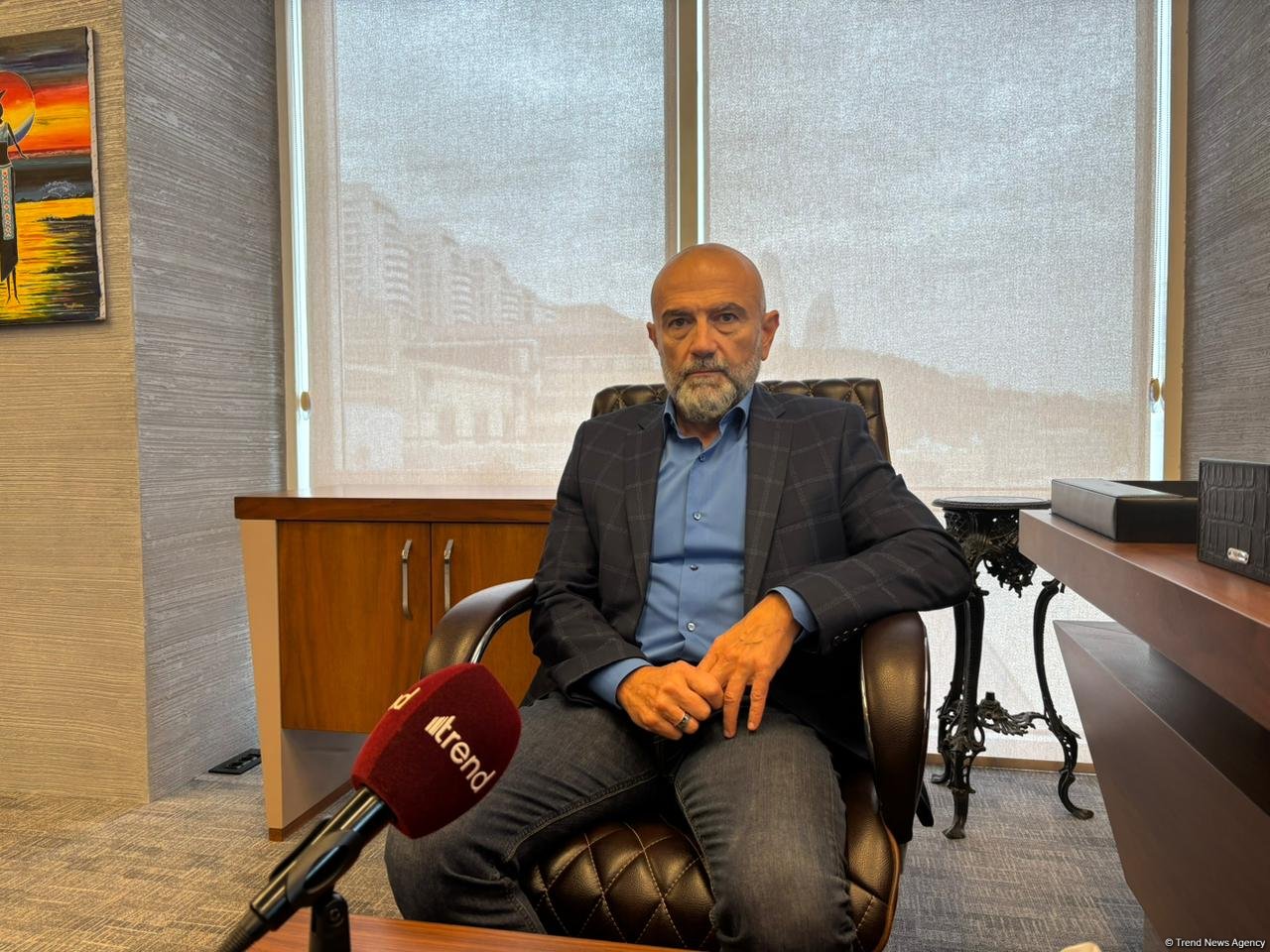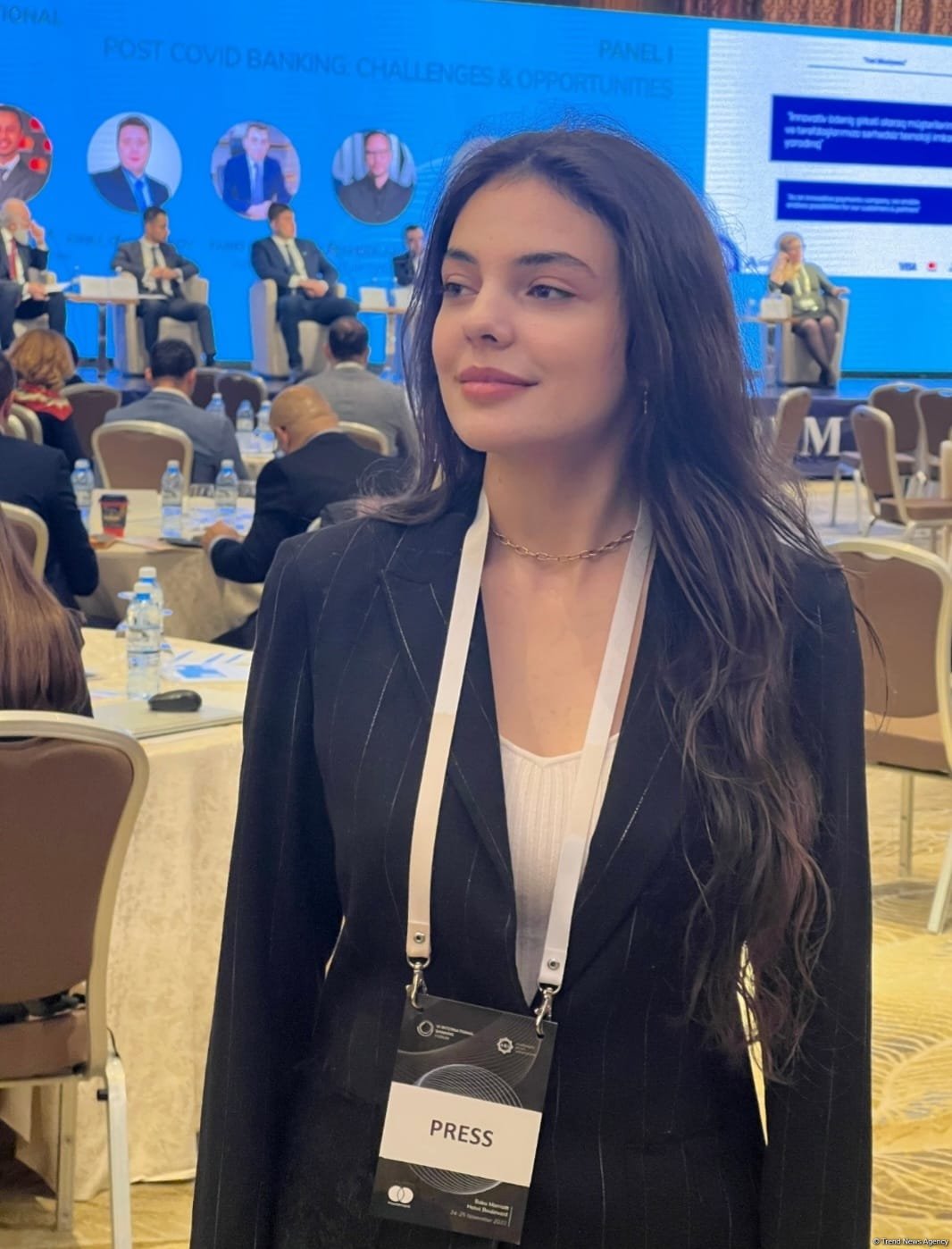BAKU, Azerbaijan, October 4. A waste oil processing plant in Azerbaijan will become part of the European sustainable development system, Kalin Runtev, CEO of the Azerbaijani-Bulgarian joint venture Caspian Lubricants Recycling and CEO of the Bulgarian company Torec Engineering, told Trend.
He asserts that Azerbaijan's inaugural waste oil processing facility will generate a pivotal feedstock—Group I base oil - domestically. The initiative aims to leverage its output by channeling up to 70 percent towards export markets while concurrently advancing the production of green hydrogen by the year 2027.
From waste to green hydrogen
"We are currently in the construction phase of a waste oil processing plant. This is an environmental project that will process waste classified under the Basel Convention as hazardous and causing significant environmental damage.
The first stage for us is oil processing and the production of the first base oil produced in the Sumgait Industrial Park. The plant will be the first in the Caspian region. Similar projects have never been implemented here before. As for green hydrogen, that's a question for 2027," said Runtev.
According to him, the company undertook a comprehensive evaluation of various vendor options.
"I have a large database. I worked with Chinese companies, but the market has advanced significantly. We ordered our last electrolyzer back in 2014, so 10 years ago. Today, offers are significantly better - both from China and from Europe, like Norway and Sweden. We're looking for the best option. As a private company, we decide together with our founders what will be most profitable for us," he said.
The CEO underscored that, for the inaugural instance, the
organization will integrate into a European framework predicated on
resolutions established at COP29, encompassing aspects such as the
circular economy, waste reclamation, and sustainable
progression.
This is of utmost significance for the enterprise. The generation
of green hydrogen is poised to serve as a strategic branding
initiative and is anticipated to be perceived as a capital
infusion. The elevated expenditure associated with hydrogen
production is a concern; however, through the strategic repurposing
of waste materials, the organization aims to synergistically
incorporate green hydrogen into the operational framework," he
elucidated.
Runtev observed that there is an absence of domestic production of
Group I base oil in Azerbaijan, notwithstanding the escalating
market demand.
"Our strategic vision is to establish ourselves as a global
supplier, with Türkiye and Europe identified as key target markets
for expansion." Our strategic objective is to facilitate the
exportation of a minimum of 60-70 percent of our output. "Base oil
operates as a tradable commodity within the global marketplace,"
the CEO elaborated.
Azerbaijan's domestic market and base oil exports
In light of Azerbaijan's substantial annual consumption
exceeding 150,000 tons of base oil, he stressed, the enterprise
aims to monopolize the domestic sector by providing optimal
conditions for local manufacturers.
The absence of base oil renders the synthesis of industrial,
automotive, and technical lubricants unfeasible.
The facility will engage in the production of the commodity in
Azerbaijan utilizing repurposed waste materials, which are
presently overlooked and detrimental to ecological
sustainability.
Runtev emphasized that the organization perceives the comprehensive
European Union as a pivotal export arena: this is the locus where
base oils are disseminated via extensive global trading frameworks,
and prospectively, export trajectories may extend towards the
Middle East, encompassing Arab nations, where demand metrics are
similarly elevated.
Strategic development and new production directions in Azerbaijan
"Discussions regarding the scalability of the initiative in
Central Asia are currently in progress, yet the trajectory is
incremental." The organization emphasizes outcomes as the primary
metric, superseding the velocity of execution. The primary
determinant is identifying the optimal collaborator: not
exclusively the wealthiest or most powerful, but one who
comprehends the intricate dynamics of the industry, encompassing
raw material procurement, operational oversight, and market
distribution. The organization is actively pursuing strategic
alliances with entities prepared to engage in sustained
collaboration, eschewing immediate ROI expectations within a
48-hour timeframe. The identification of particular nation-states
is currently withheld at this juncture.
Upon the culmination of the existing initiative, the organization
intends to initiate the manufacturing of Group II base lubricants
and amplify production capacity. The overall outcome will hinge on
the efficacy of the initial line's performance. Should there be an
uptick in demand, the market dynamics could incentivize the
organization to escalate its output of Group I base oils," he
concluded.







